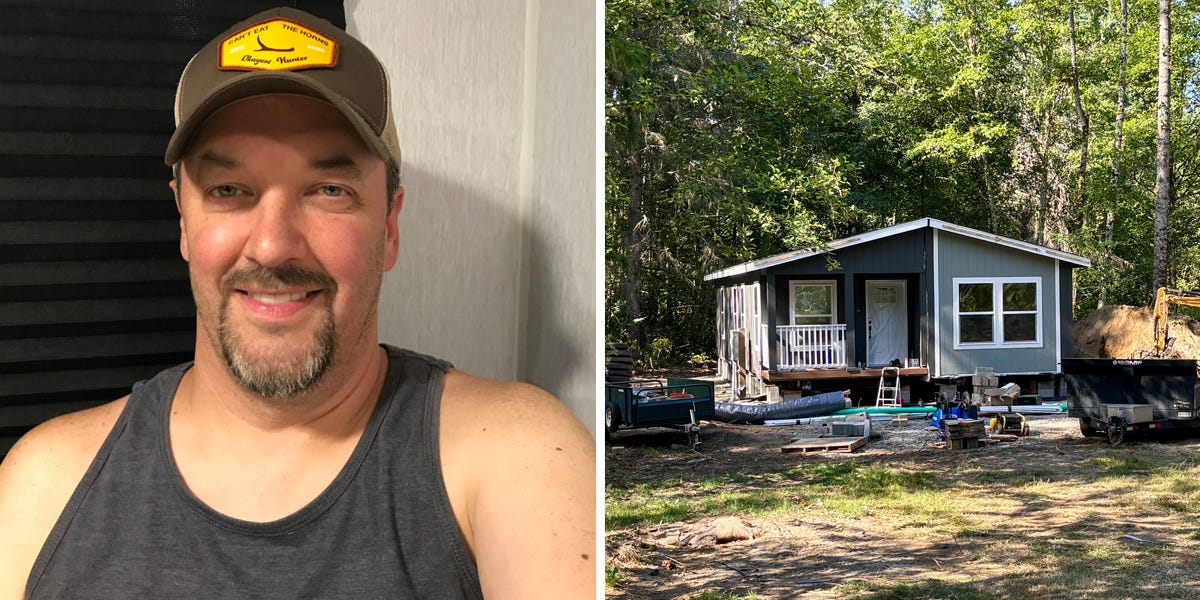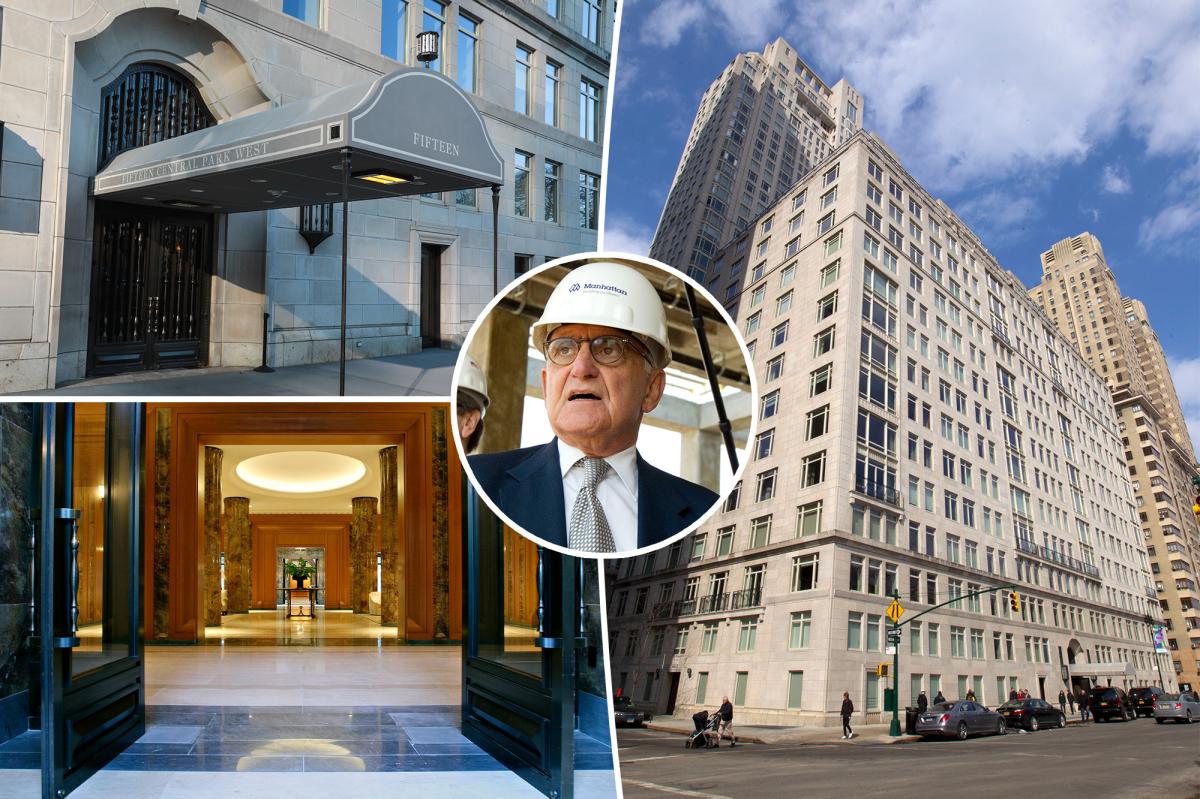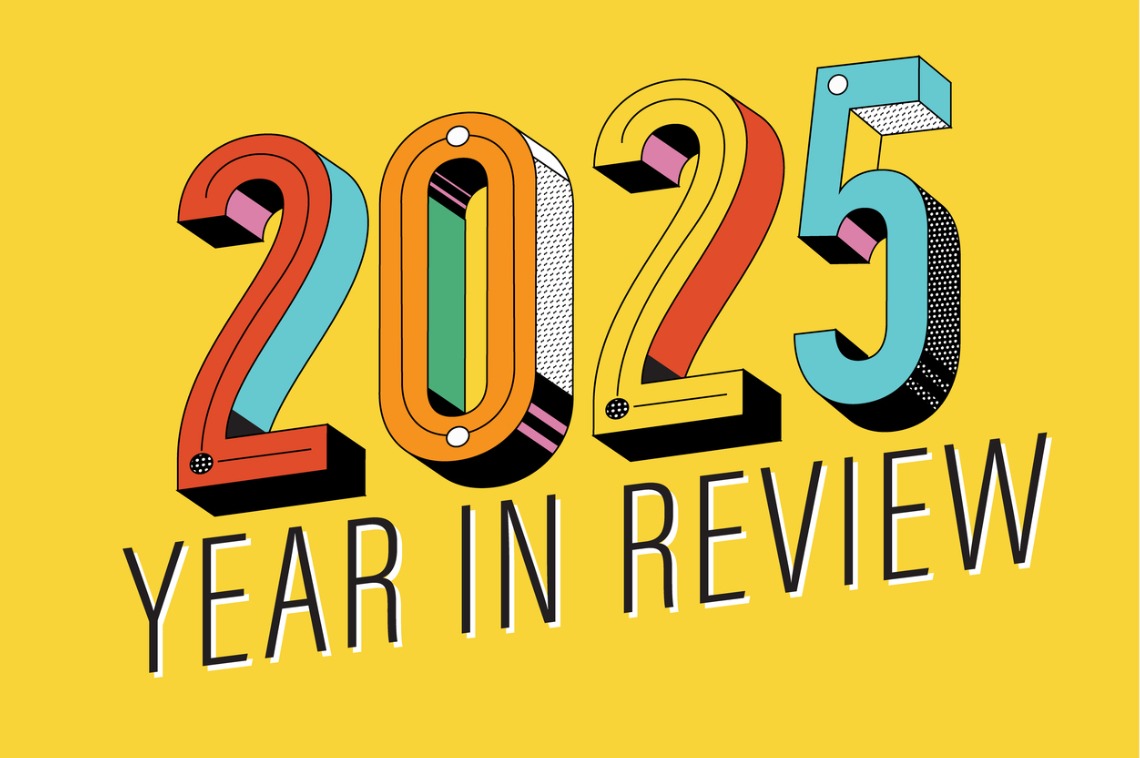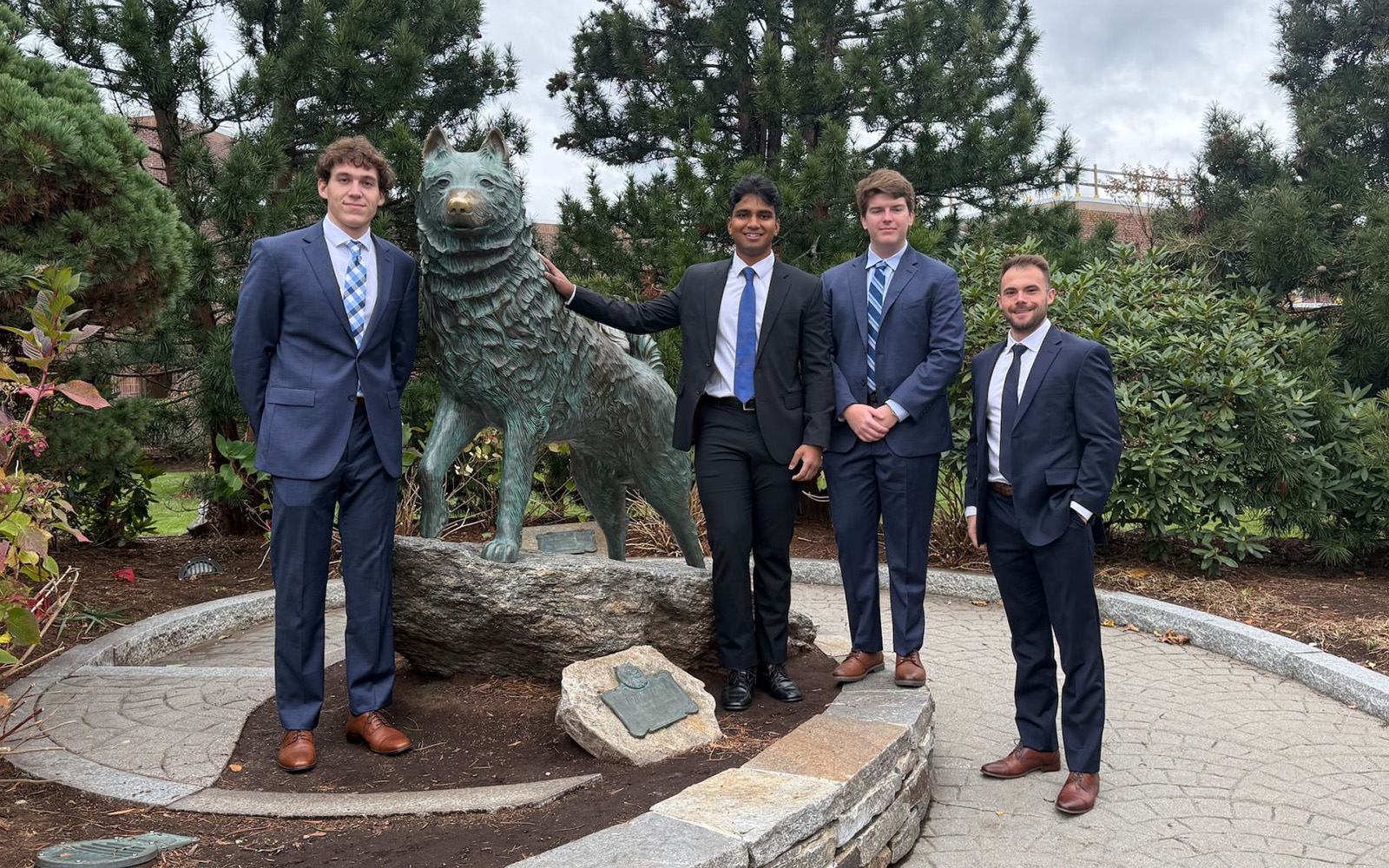W
e sold our 4,000‑square‑foot house in Concrete, Washington, in April 2024 and moved into a 23‑foot Forest River Evo trailer on my in‑laws’ 5‑acre lot in Arlington. The move was driven by a desire to escape a ballooning mortgage, lower taxes, and to be closer to my aging parents. The plan was simple: use the sale proceeds to build a modest, mortgage‑free manufactured home—an accessory dwelling unit (ADU) capped at 1,200 sq ft—on the property, and stay in the trailer while construction progressed.
We bought a three‑bedroom, two‑bath manufactured home that fit the county’s ADU limits. The purchase was the easy part; the real work began with permits, a wetland survey, well testing, septic design, and a host of county approvals. Mixed messages from contractors and county staff left us navigating the process largely on our own. A newly discovered wetland on the site forced a redesign and a five‑month delay before we could re‑file the permit. Other setbacks—septic designer delays, waiting for electrical, water, and septic inspections—kept the project moving at a crawl.
Meanwhile, life in the trailer has been a test of endurance. The unit’s slide‑out offers a sliver of extra room, but the space remains tight. We share the area with our teenage son, three English bulldogs, and an iguana named Rawr. The son sleeps on the lower bunk, Rawr enjoys the upper tier, and the dining nook doubles as a makeshift office, now mostly occupied by the son’s gaming rig. Cooking is a gamble: microwaves, air‑fryers, or crockpots, with plates precariously balanced on the counter or atop the coffee pot. Wi‑Fi is spotty, and the dogs’ energy is relentless.
Despite the cramped conditions, we’ve adapted. The trailer has become a micro‑camping experience that has tested our patience and our marriage more than any other challenge in our 12 years together. We’ve learned to set realistic timelines—perhaps a year or two for a similar project—and to budget for hidden costs like county recording fees and septic monitoring.
Progress is finally visible. The manufactured home arrived in late June, its two halves now joined and secured with concrete blocks. Septic, electrical, and interior work are underway, and the water line will soon be connected to the existing well. The house is still a work in progress, but the shape of our future home is unmistakable.
We’re still living in the trailer, but the experience has sharpened our resolve to simplify our lives and own a home outright. Watching the unfinished structure from the lot is painful, yet hopeful. When the house is complete, the months of hardship will feel justified. Whether we’ll ever return to full‑time camping remains to be seen, but the dream of a mortgage‑free, self‑sufficient life endures.














